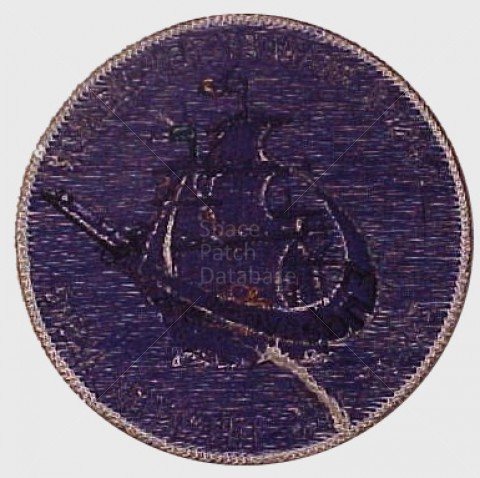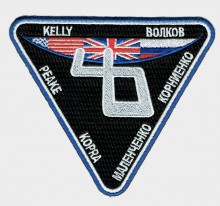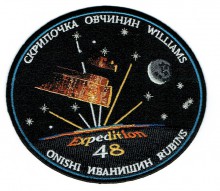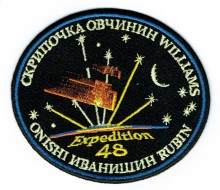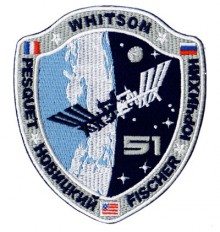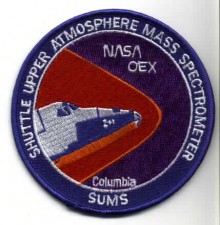STS-49 was the maiden flight of the Space Shuttle Endeavour. The primary goal of its nine-day mission was to retrieve an Intelsat VI satellite (Intelsat 603, which failed to leave low earth orbit two years before), attach it to a new upper stage, and relaunch it to its intended geosynchronous orbit. After several attempts, the capture was completed with a three-person extra-vehicular activity, the first time that three people from the same spacecraft walked in space at the same time. It would also stand until STS-102 in 2001 as the longest EVA ever undertaken.
Intelsat VI (F-3) satellite, stranded in an unusable orbit since launch aboard a Titan vehicle in March 1990, was captured by crewmembers during an EVA (extra-vehicular activity) and equipped with a new perigee kick motor. The Satellite was subsequently released into orbit and the new motor fired to put the spacecraft into a geosynchronous orbit for operational use.
The capture required three EVAs: a planned one by astronaut Thuot and Hieb who were unable to attach a capture bar to the satellite from a position on the RMS; a second unscheduled but identical attempt the following day; and finally an unscheduled but successful hand capture by Thuot, Hieb and Akers as commander Brandenstein delicately maneuvered the orbiter to within a few feet of the 4215 kg communications satellite. An Assembly of Station by EVA Methods (ASEM) structure was erected in the cargo bay by the crew to serve as a platform to aid in the hand capture and subsequent attachment of the capture bar.
A planned EVA also was performed by astronauts Thornton and Akers as part of the ASEM experiment to demonstrate and verify maintenance and assembly capabilities for Space Station Freedom. The ASEM space walk, originally scheduled for two successive days, was cut to one day because of the lengthy Intelsat retrieval operation.
Other "payloads of opportunity" experiments conducted included: Commercial Protein Crystal Growth (CPCG), Ultraviolet Plume Imager (UVPI) and the Air Force Maui Optical Station (AMOS) investigation. Mission was extended two days to complete objectives.
This STS-49 patch is distinct with its blue backside.
- Log in to post comments

